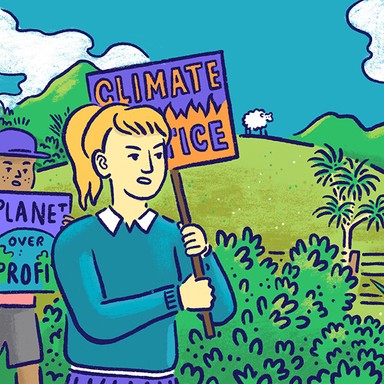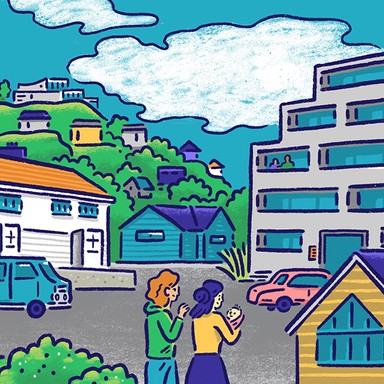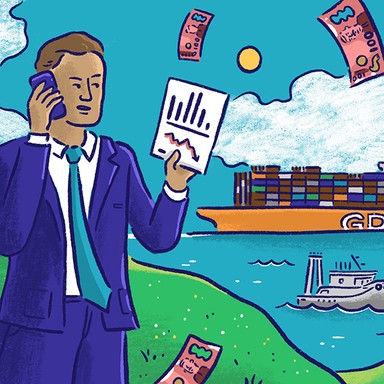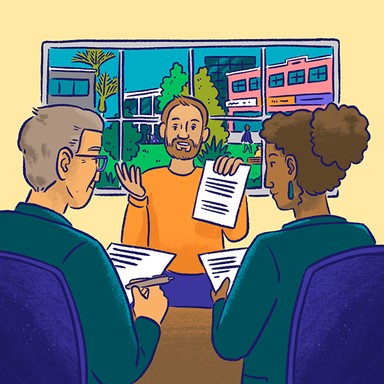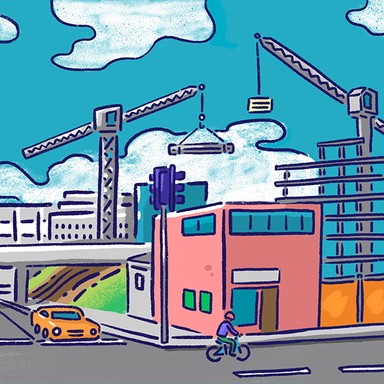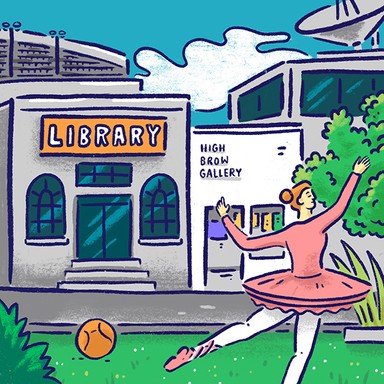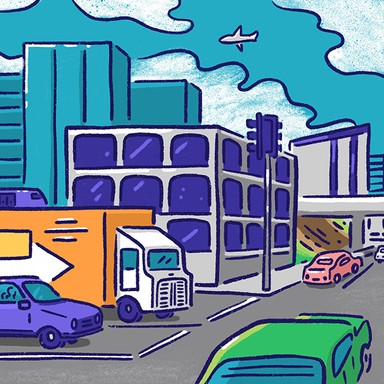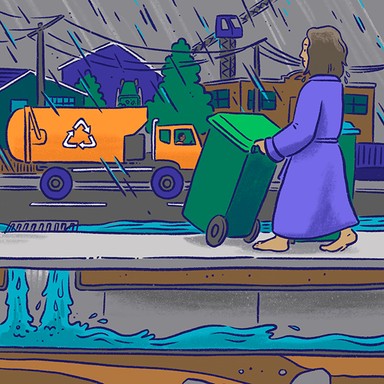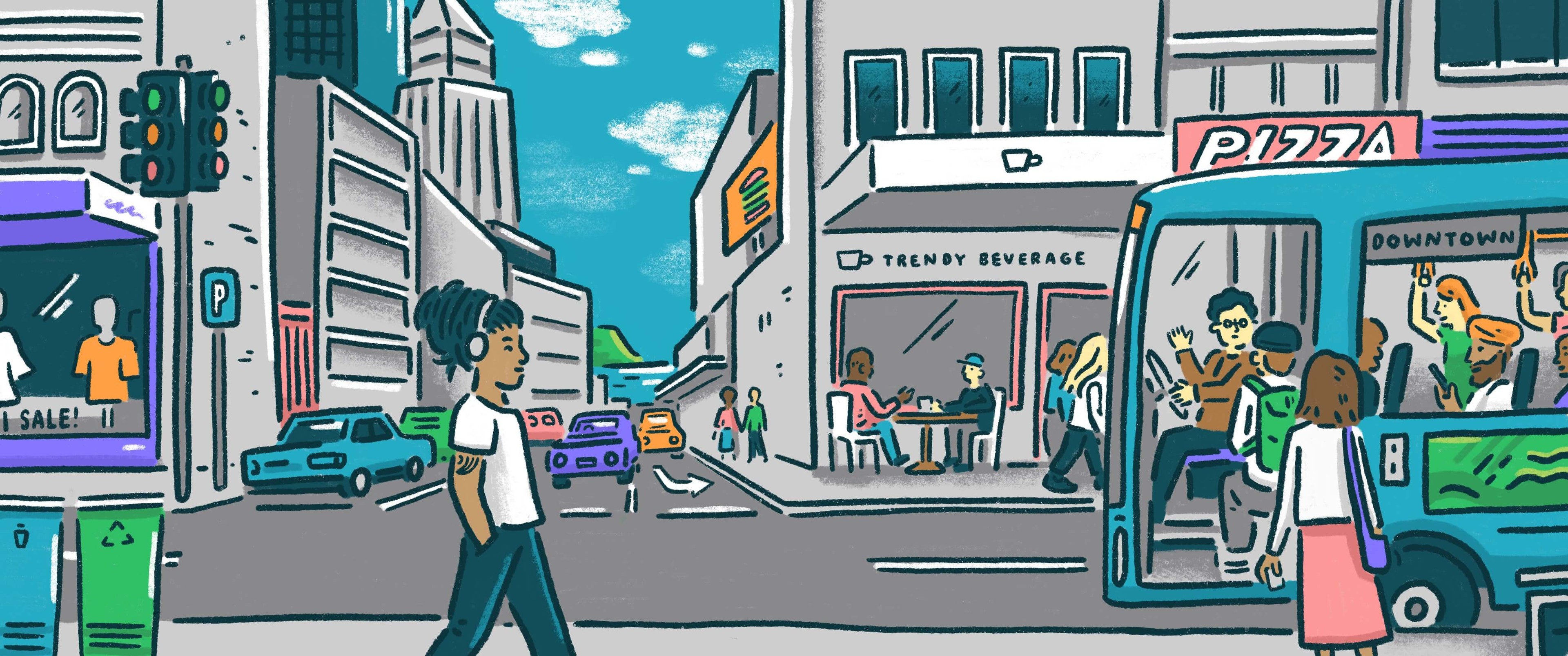
Hamilton City Council
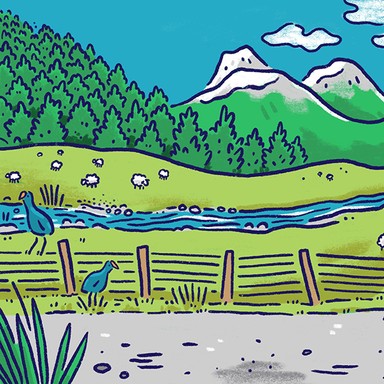
Environment
Local governments play a central role in protecting the environment, reducing waste and safeguarding biodiversity. The worsening state of New Zealand’s lakes and rivers is a major challenge for local councils, which work with regional councils in the management of water resources in their area.

Environment
Local governments play a central role in protecting the environment, reducing waste and safeguarding biodiversity. The worsening state of New Zealand’s lakes and rivers is a major challenge for local councils, which work with regional councils in the management of water resources in their area.
Renegotiate Three Waters with the local government minister to ensure Hamilton has the best water quality.
Establish a predator-proof fence for Waiwhakareke Park. Council to fund a portion and work with other funders.
Continue to fund gully planting to enable us to achieve our goal of 10% biodiversity and assist with erosion mitigation in our gullies.
Continue to deliver gully restoration and funding to bring Hamilton up from 2% to 10% for our significant natural areas.
Continue working on my proposal to look at a residential rainwater tank subsidy scheme.
Continue to improve our waste minimisation plan goals to reduce waste to landfill.
Continue working with and supporting community volunteers to restore Hamilton's gullies and green spaces.
Partner with the community to fund and build a predator proof fence at the Waiwhakareke Natural Heritage Park.
Develop a sustainable water use strategy.
Explore use of sewerage to produce compressed natural gas (CNG) and green hydrogen.
Create mini food forest of native trees using Miyawaki system in the council reserves.
Increase size of bins with red lids to the size of bins with yellow lids.
Strongly advocate central government to stop the current Three Waters reform and to come up with a new alternative model.
Investigate ways to improve the waste system for larger families and households. Look at more efficient ways to improve our waste system.
Continue to fund and protect our gullies around the city.
Create more and better signage that will protect our biodiversity.
Work with environmentalists, scientists and the public to prevent further contamination of our natural water bodies, such as the Waikato River.
Make rubbish collection more frequent or upsize the bins to prevent overflow and keep bins clean.
Ensure that Hamilton will have the long term capacity to ensure adequate water supply of a good international standard.
Protect biodiversity. Evaluate future developments, mindful how they impact our trees, animals, birds and bats. Save the Shaw's Bird Park.
Compare and evaluate the city's waste management system. Ensure it is on a par with international standards. Proactively provide composting.
Accelerate climate change response to protect environment.
Plant more trees in suburban places to create natural shade.
Upgrade our water infrastructure so we can sustainably accommodate future growth in our city (noting Three Waters issue/underinvestment).
Develop good controls and rules so the biodiversity of the Waikato River can coexist with housing intensification to accommodate growth.
Allow households of five or more people to apply for a 240-litre rubbish bin to reduce illegal dumping, private trips to landfill and overall waste.
Grow our green spaces (parks, gullies, and bush) to absorb carbon, help cool our city, and look after taonga species (like our bats).
Meet the obligations to the Waikato River Authority in sustaining abundant life and prosperous communities via our water system.
Uphold, honour and support the implementation of Tai Tumu, Tai Pari, Tai Ao – The Waikato-Tainui Environmental Plan.
Commit to smarter lighting solutions that benefit both humans and support our resident population of long-tailed bats.
Invest in urban greening programs citywide and especially within our CBD and suburban shopping centres.
Improve the health of the Waikato River.
Renegotiate Three Waters with the local government minister to ensure Hamilton has the best water quality.
Establish a predator-proof fence for Waiwhakareke Park. Council to fund a portion and work with other funders.
Continue to fund gully planting to enable us to achieve our goal of 10% biodiversity and assist with erosion mitigation in our gullies.
Continue to deliver gully restoration and funding to bring Hamilton up from 2% to 10% for our significant natural areas.
Continue working on my proposal to look at a residential rainwater tank subsidy scheme.
Continue to improve our waste minimisation plan goals to reduce waste to landfill.
Continue working with and supporting community volunteers to restore Hamilton's gullies and green spaces.
Partner with the community to fund and build a predator proof fence at the Waiwhakareke Natural Heritage Park.
Develop a sustainable water use strategy.
Explore use of sewerage to produce compressed natural gas (CNG) and green hydrogen.
Create mini food forest of native trees using Miyawaki system in the council reserves.
Increase size of bins with red lids to the size of bins with yellow lids.
Strongly advocate central government to stop the current Three Waters reform and to come up with a new alternative model.
Investigate ways to improve the waste system for larger families and households. Look at more efficient ways to improve our waste system.
Continue to fund and protect our gullies around the city.
Create more and better signage that will protect our biodiversity.
Work with environmentalists, scientists and the public to prevent further contamination of our natural water bodies, such as the Waikato River.
Make rubbish collection more frequent or upsize the bins to prevent overflow and keep bins clean.
Ensure that Hamilton will have the long term capacity to ensure adequate water supply of a good international standard.
Protect biodiversity. Evaluate future developments, mindful how they impact our trees, animals, birds and bats. Save the Shaw's Bird Park.
Compare and evaluate the city's waste management system. Ensure it is on a par with international standards. Proactively provide composting.
Accelerate climate change response to protect environment.
Plant more trees in suburban places to create natural shade.
Upgrade our water infrastructure so we can sustainably accommodate future growth in our city (noting Three Waters issue/underinvestment).
Develop good controls and rules so the biodiversity of the Waikato River can coexist with housing intensification to accommodate growth.
Allow households of five or more people to apply for a 240-litre rubbish bin to reduce illegal dumping, private trips to landfill and overall waste.
Grow our green spaces (parks, gullies, and bush) to absorb carbon, help cool our city, and look after taonga species (like our bats).
Meet the obligations to the Waikato River Authority in sustaining abundant life and prosperous communities via our water system.
Uphold, honour and support the implementation of Tai Tumu, Tai Pari, Tai Ao – The Waikato-Tainui Environmental Plan.
Commit to smarter lighting solutions that benefit both humans and support our resident population of long-tailed bats.
Invest in urban greening programs citywide and especially within our CBD and suburban shopping centres.
Improve the health of the Waikato River.
Mayor
Compare the mayoral candidates in your area
Local council
Compare the candidates for your city or district council
Regional council
Compare the candidates for your regional council
Local board
Compare the candidates for your local or community board
